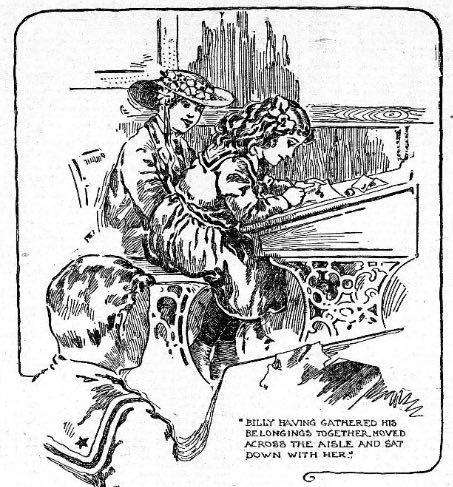
The follow article, published in 1901, describes how slate pencils were made.

Slate Pencils
The Are No Longer Cut From Solid Slate
Slate pencils were formerly all cut from solid slate, just as it is dug from the earth, but pencils so made were objected to on account of the grit which they contain, and which would scratch the slate. To overcome this difficulty, an ingenious process has been devised by which the slate is ground to a very fine powder, all grit and foreign substances removed and the powder bolted through silk cloth in much the same manner in which flour is bolted. The powder is then made into a dough, and hydraulic pressure, which presses the pencil out the required shape and diameter, but in length of about three feet. While yet soft the pencils are cut into the desired lengths and set out to dry in the open air. After they are thoroughly dry, the pencils are placed in steam baking kilns where they receive the proper temper. Pencils made in this manner are not only free from all grit and of uniform hardness, but are stronger than those cut out of solid slate. For these reasons they have superseded the old kind. Over 25,000,000 of these pencils were made and sold in 1899 by one American concern in Chattanooga.
Source: The Minneapolis journal. (Minneapolis, Minn.), 12 Jan. 1901.

